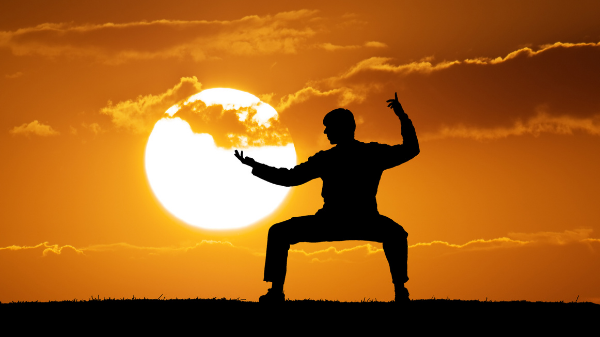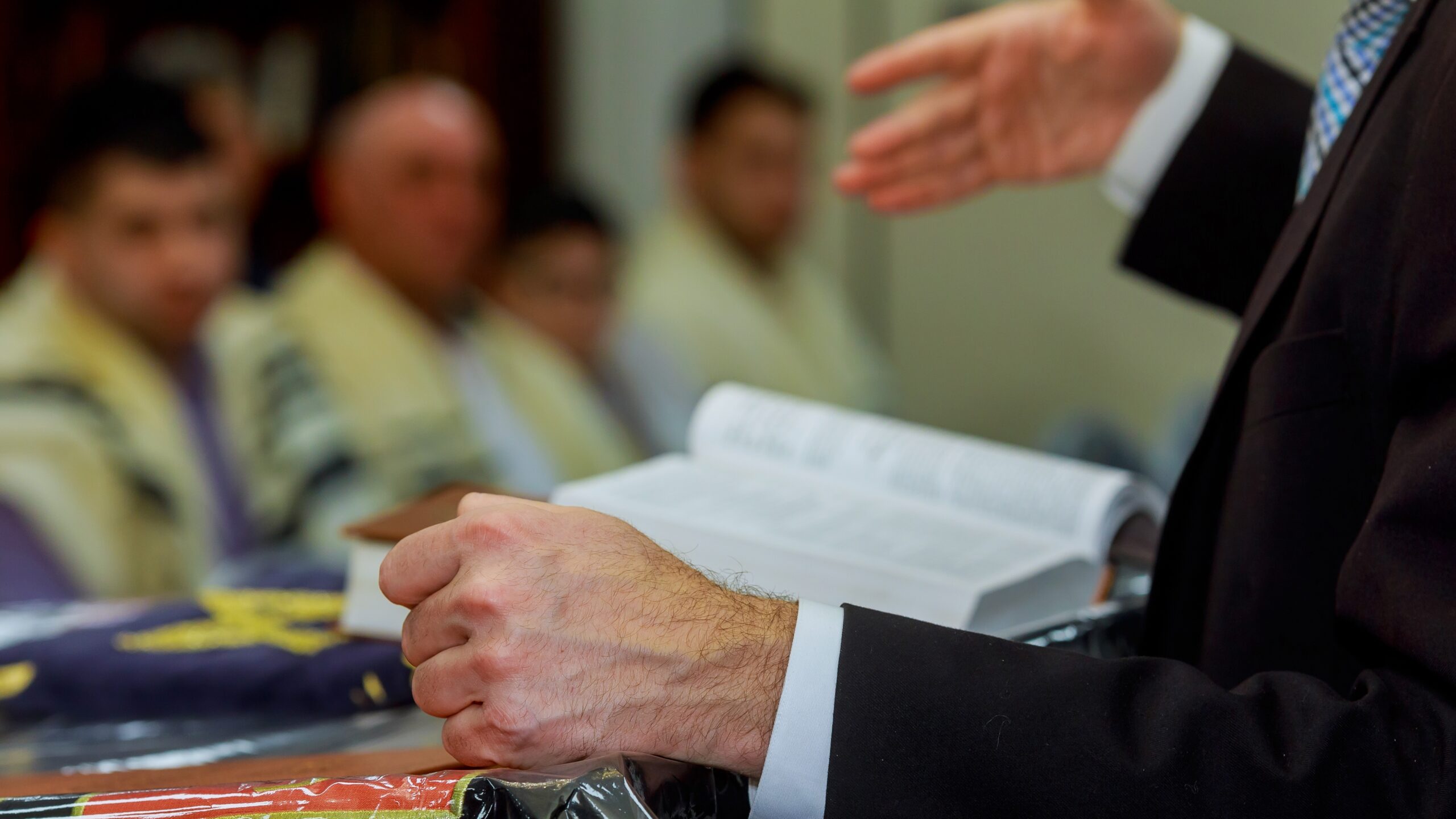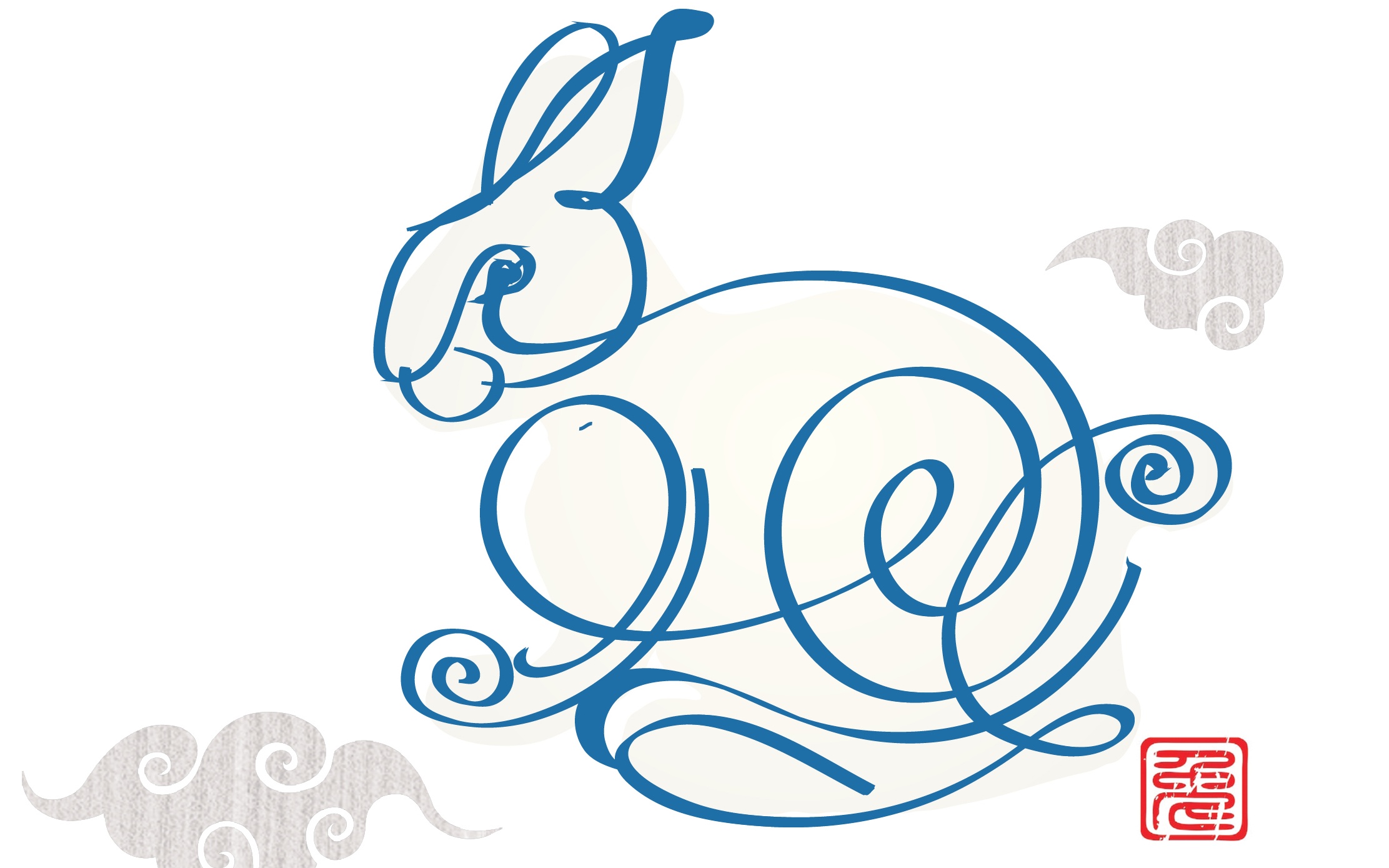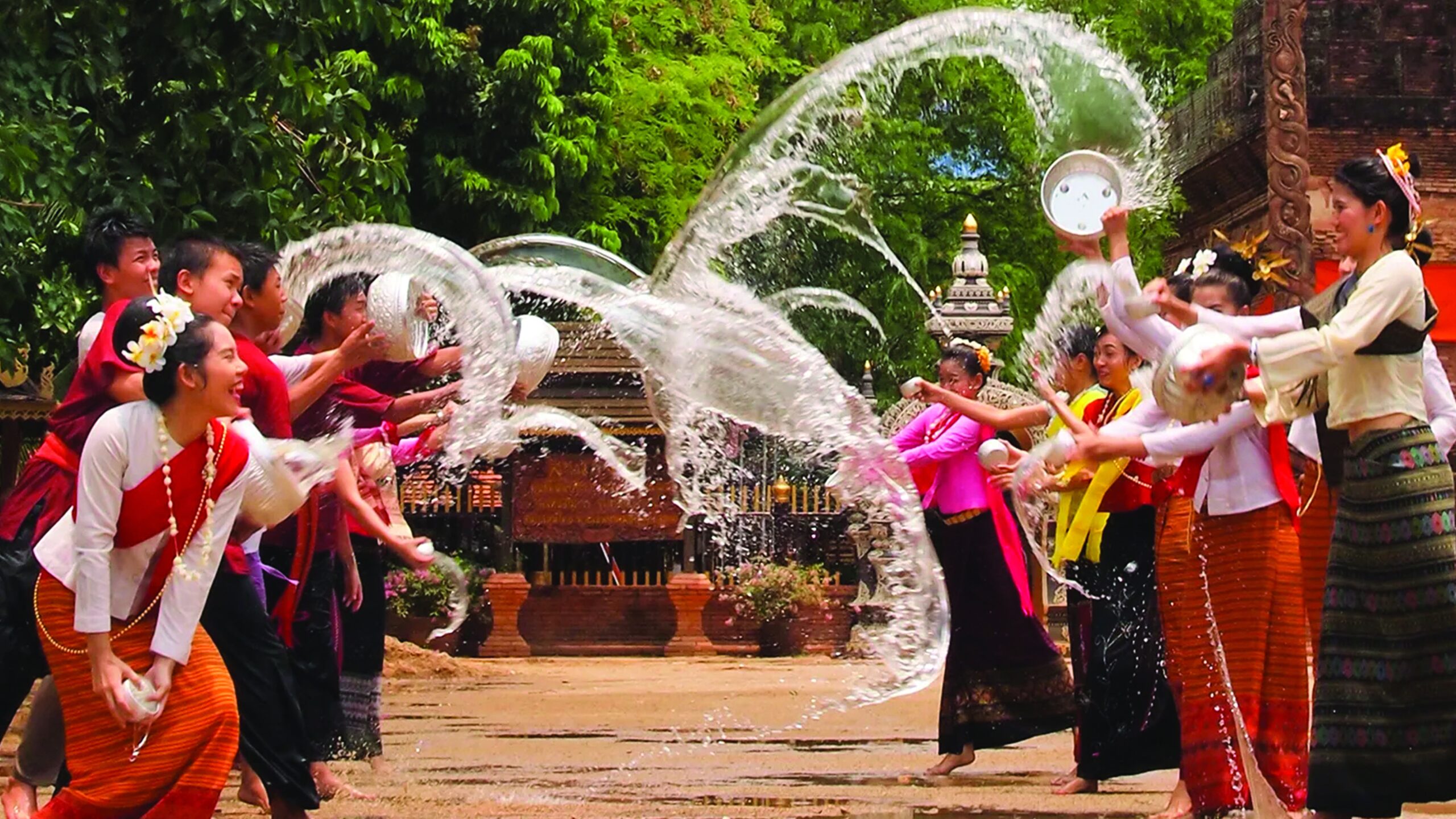
Tai Chi: Understanding the health benefits of this ancient martial arts
As the dawn breaks over the vertical city, before the roar of the traffic and the chaos of the commute become all-encompassing, playgrounds sprinkled all over Hong Kong come alive to the pulse of rhythmic, graceful movement. Groups of (mainly) pensioners sway in unison to the centuries-old practice of tai chi chuan, breathing in with open palms and stretching postures to absorb vital energy and let it flow through the body.

This mesmerising motion is replicated across Hong Kong and China, where hundreds of elderly people exercise together, taking advantage of colourful local park equipment like ellipticals and pull-up bars to engage in what is being hailed as the ‘new yoga’. The term seems ironic here, since tai chi, though younger than yoga’s many thousands of years of history, has a distinctly senior demographic and a long prominence in East Asia.
The benefits of tai chi are also well established. Recent medical studies validate its contribution in boosting balance, flexibility and mobility, reducing stress and easing symptoms of arthritis, among others. Many call it a martial art; some term it as a sport; and others see it as meditation or mindful movement set around a series of slow and effective moves.

Energy for Life
Linda Fung, a Hong Kong-based former ballet dancer who studied at the famed Royal Ballet School in London and The Juilliard School in New York, has dedicated her life to relentlessly practising and teaching tai chi. “There are so many ways to define tai chi, yet not a single precise way to describe it,” she says. The world will pull you in different directions but tai chi, according to Fung, “instils calmness and allows you to get back to the centre. Breathing in with open palms is symbolic of drawing energy from heaven and absorbing it from Earth.”
Fung’s own holistic journey with tai chi started as a means to self-heal after enduring multiple injuries in her years as a ballerina. She saw its health benefits in healing her body and mind. “When I started doing it, I thought ‘this is phenomenal.’” From her perspective, martial arts do not always have to signify aggression – the idea is to connect the heart, mind and body with the universal source of energy, or chi.
Also Read: Cupping Therapy: The different types, which to go for and where?

Tai chi involves drills with weapons (sword and spear) as well as bare hands, along with breathing and awareness exercises. It falls under the Wudang classification of Chinese martial arts that focus on one’s internal power – focusing the mind to control the body – rather than the hard or external styles popularised by the Shaolin monks of wuxia fame.
“The world will pull you in different directions but tai chi, according to Fung, “instils calmness and allows you to get back to the centre. Breathing in with open palms is symbolic of drawing energy from heaven and absorbing it from Earth.”
Yin and Yang
Tai chi chuan is believed to have originated more than 400 years ago during the Ming Dynasty as a discipline for Taoist monks to find inner peace. However, its conception has also been attributed to the famed ascetic Zhang Sanfeng, who was born in about 1270 and is said to have lived for more than 200 years. Legend has it that Zhang once witnessed an intense fight between a snake and a sparrow and was so impressed by each creature’s motions that he harmonised them to invent his own wing of martial arts.

Incorporating techniques from various fighting styles with the yin-yang dichotomy – the idea that everything in our lives is made up of opposing forces that synchronise to create a perfect whole – and drawing on the philosophy of Traditional Chinese Medicine, he devised mian chuan (cotton fist) that would evolve into modern-day tai chi. According to folklore, the monk, all of seven feet tall with the bones of a crane and the posture of a pine tree, remained undefeated throughout his exceptionally long life – with credit for the latter going to his mythical stature and/or his prowess in tai chi.

Moving beyond the Taoist fables and hermits who fled the cities to remote, rugged mountains to find peace, tai chi has travelled a long way. Practised in more than 150 countries and regions – from supermodel Gisele Bündchen and her NFL-star husband Tom Brady to Jackie Chan, Bruce Lee, Jet Li and the neighbourhood tai tais – the popularity and philosophy of tai chi resonates with some 100 million followers worldwide. UNESCO has officially recognised its international popularity after more than 10 years of applications and red tape, including it in its cultural heritage list.

Urban Longevity
The morning ritual of tai chi, yum cha and lots of laughter over mahjong could well be the reason why Hongkongers are the longest-living people on Earth. Beating other ‘blue zones’ (regions of great longevity) like Japan and Italy, local men in the city live up to an average of 81.3 years and women surpass them at 87.8 years.
To a passer-by, tai chi appears effortless. Gliding from one movement to the other emanates a zen-like calmness, but behind the gentle fluidity is a soft yet explosive, delicate yet robust presence that has proven scientific benefits in improving mental and cardiovascular health and relieving chronic pain, fibromyalgia, osteoporosis and fatigue. Advocates also cite that it reduces falls among the elderly and can even help to ease symptoms of Parkinson’s disease.
“Gliding from one movement to the other emanates a zen-like calmness, but behind the gentle fluidity is a soft yet explosive, delicate yet robust presence that has proven scientific benefits in improving mental and cardiovascular health and relieving chronic pain, fibromyalgia, osteoporosis and fatigue.”
Perhaps tai chi’s crowning achievement is, in Fung’s words, the ability to “change a person’s character, their disposition and bring out the kindness, gentleness in their persona”. Her advice is to practise it daily even if just for 10 minutes, since if performed intermittently the concentration required to reap tai chi’s many benefits fails to become second nature.
To someone observing from the side lines, the gentle circular movements might look vague and undefinable. As the balancing motion is akin to floating, it reveals little of the combative aspect of the art, but mastering the practice requires an intimate knowledge of martial skills, healing and the human body – its strengths and its weaknesses. Tai chi could well attract a new, younger audience and join the growing list of therapies like yoga and sound baths that allow you to be present in the moment, slow down and counter the stress of urban living.
Also Read: Health and wellness trends that will define 2022
(Text: Nikita Mishra)







